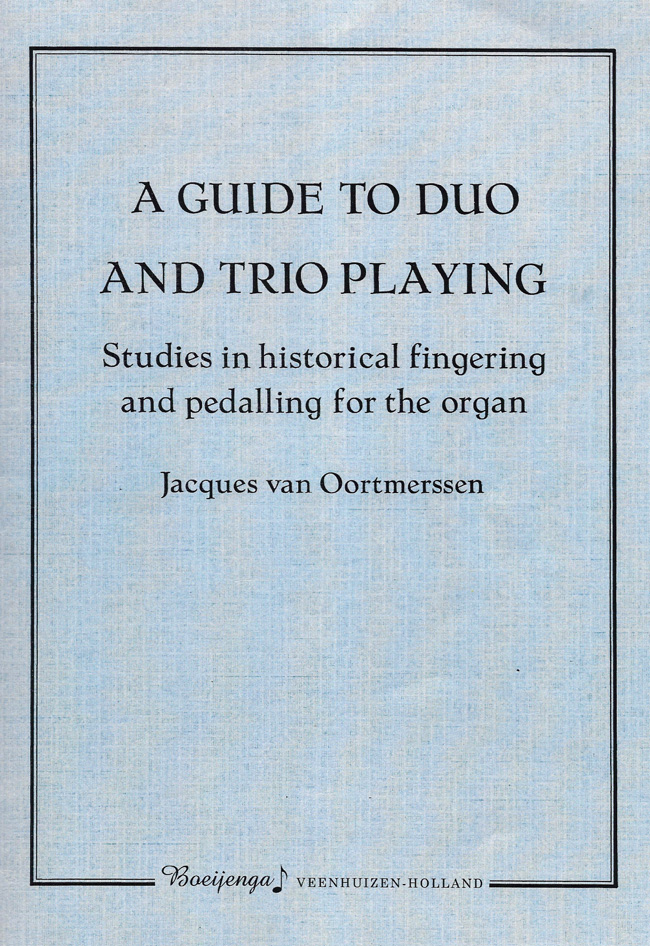
All blogs succumb to the five best, ten worst, etc format sooner or later, and THE LADY ORGANIST has decided to be no exception. So here’s my contribution to New Year 2015 – the five best things I learned from my teachers in 2014.
Gerdi Troskie suggested I work through A Guide to Duo and Trio Playing by Jacques van Oortmerssen (one of her teachers, by the way). These little studies in historical fingering and pedalling are both fiendishly simple and fiendishly difficult. However I have noticed a distinct improvement in my Baroque articulation already. You can buy it direct from van Oortmerssen’s website.
In a series of RCO workshops, Daniel Moult has completely transformed the way I go about studying a new piece. My previous approach was to smash through it, medium tempo, and try and make it a bit better each time (with maybe a bit of hands separately for stubborn corners). Dan suggests aiming for 98% accuracy from the very beginning, even if this means you play it so slowly you are almost (but not quite) falling asleep. Speed can come later. And this method of learning means you don’t build stress and anxiety into the piece – which are guaranteed to raise their (very ugly) heads in performance later. Now I know why some of the pieces I learned at the very beginning of my career will never be as good as they should be – there’s just too much panic and frustration hidden inside them.
Organists are solitary animals, and we can get into the habit of just playing for ourselves. I was giving a sloppy and introspective account of a Lloyd Webber interlude in a recent lesson with Frederick Stocken when he stopped me. Play for someone half way down the nave, he said. He’s right.
Neil Cockburn reminded me of the Tankard book of piano exercises, when I asked for help with fast runs in the left hand. I had a copy languishing on a shelf from piano-playing days, and it has been dusted off and pressed back into use. Some of the exercises are more relevant if you want to play Chopin and the like, but many are good for organists. It’s called Pianoforte Technique on an hour a day by Geoffrey Tankard & Eric Harrison (Novello NOV262558)
Organists are frequently told they should look poised and swan-like at the console. Easier said than done, particularly if you are short like me. Faced with a 4 manual organ, I regret I am more spider in difficulties climbing a wall than swan. Marilyn Harper is about the same height as me, but her posture at the organ is impeccable. Iyengar Yoga, she advised. So I’ve tried it and it’s great. Really straightens you out and trains your body to work properly. It’s hard work – very easy to find excuses not to go to class on Monday mornings. However as looking squashed and hunched is an occupational hazard for keyboard players (and SO ageing, darlings) I am going to pursue this if only out of vanity.

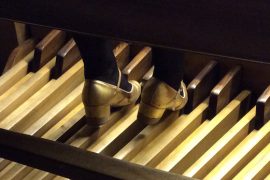
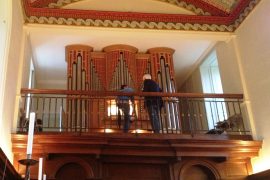
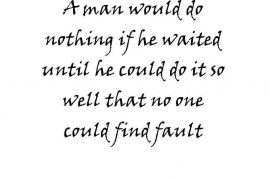
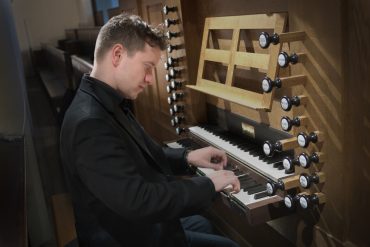
Interesting blog! The advice about playing as slow as necessary for accuracy is good, however that can lead to fingerings which may not work up to tempo being locked in… eek.